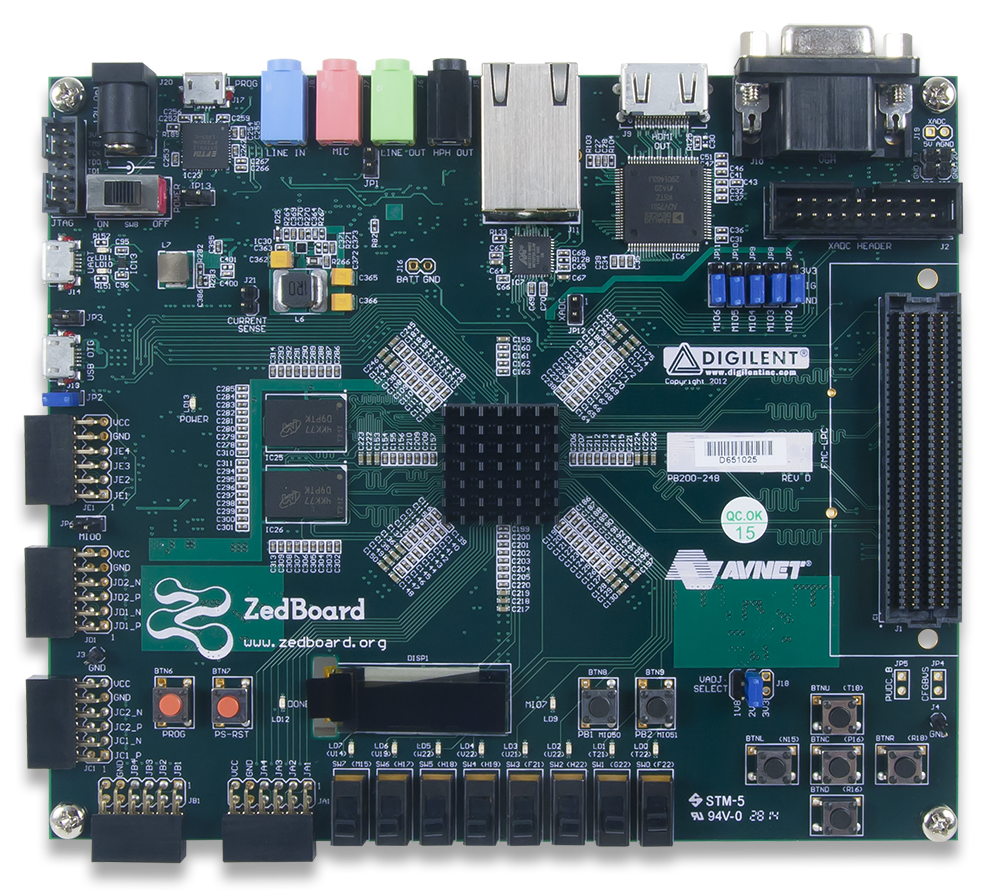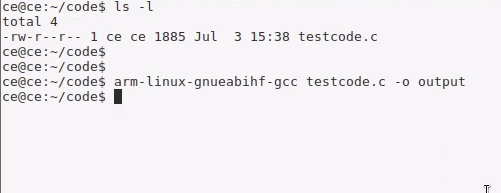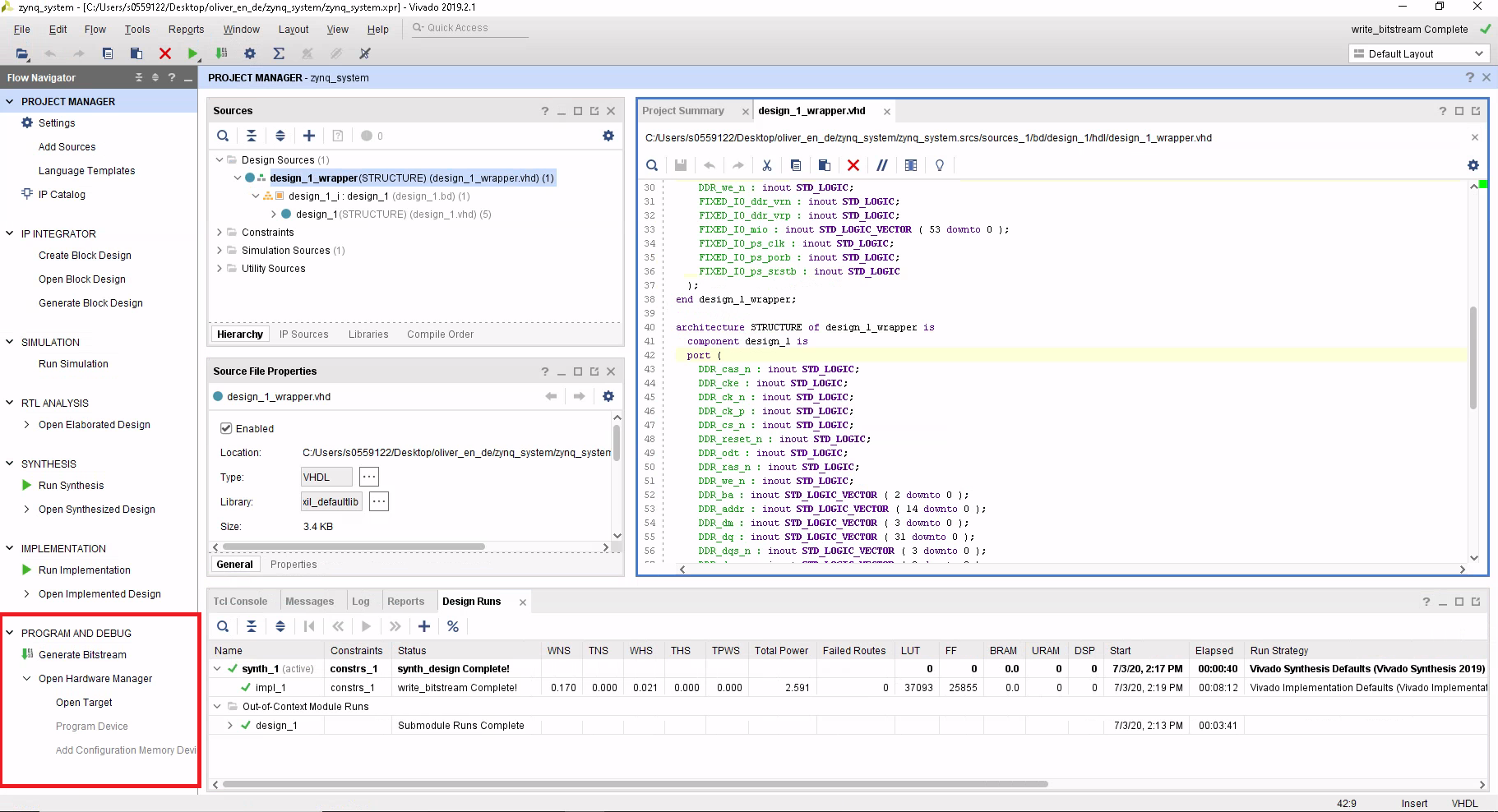This repository was a project of my University HTW-Berlin in the subject Embedded Systems, first Master Semester. The Algorithm XTEA is divided into two algorithms.
- Encrypt-Algorithm
- Decrypt-Algorithm
Each algorithm is written in a single VHDL-File, can be found in folder software. There are no Testbench available, but I tested both VHDL-Files intensively. All the code was running on a ZedBoard Zynq-7000 ARM/FPGA SoC Development Board which has a ARM-Controller on board. On this ARM-Controller runs a Petalinux. Maybe others Linux Distribution works also. The C-Code for communicating with the FPGA is also available on folder software.
XTEA has a loop in it, but implementing loops on a FPGA is difficult. Therefore I choose 64 steps for each algorithm encrypting & decrypting, before the user is allowed to choose this and the FPGA has no more space on it. So I used the maximum of XTEA for this FPGA. All of the VHDL-Code was written with Vivado.
- software -> VHDL-Code & C-Code
- vivado_files -> All files for flashing the FPGA
For understanding why these both folders needed, are explained in section "Getting started".
- Cloned these repository
- Installed Vivado
- Running Petalinux (or other) on ARM-Controller of the Zynq Board
- Connection (I used SSH) to Petalinux.
- Simple Linux computer for cross-compiling the C-Code
The C-Code must be cross-compiled for Petalinux. If you can compile directly on the ARM Controller do it. I can't, so I used the command
arm-linux-gnueabihf-gcc code.c -o output
The Code should compile without any warnings or errors. Incase of problems contact me.
Transfer (Linux: scp-command is the default tool for this purpose) the compiled hex-code (in my case output) to the ARM-Controller (Petalinux).
Open Vivado and load the file
vivado_files/zynq-system/zynq_system.xpr
It should look like on the picture. I used a another path so keep clear of confusion.
Then flash the Code to the FPGA. For this no Bitstream-File or anything needed. First we need to connect the Board with Viado. On the left side by
- Project Manager
- press "Generate Bitstream" (takes ~30min)
- press "Open Hardware Manager" (at the bottom)
- press "Open Target"
- press "Auto Connect" Make sure this is successfully Now we flash the program
- Project Manager
- press "Open Hardware Manager" (at the bottom)
- press "Program Device"
After this we can execute the program on Petalinux. Normally this should work perfectly. If not, contact me and send me a screenshot of the output.
./output
With this project it is possible to create a prototype for a encryption & decryption device. Maybe for transfering very sensitive data which can be decrypted only with custom hardware.
Pipelining of data. With this it is possible to encrypt & decrypt a bunch of data in almost zero time.



